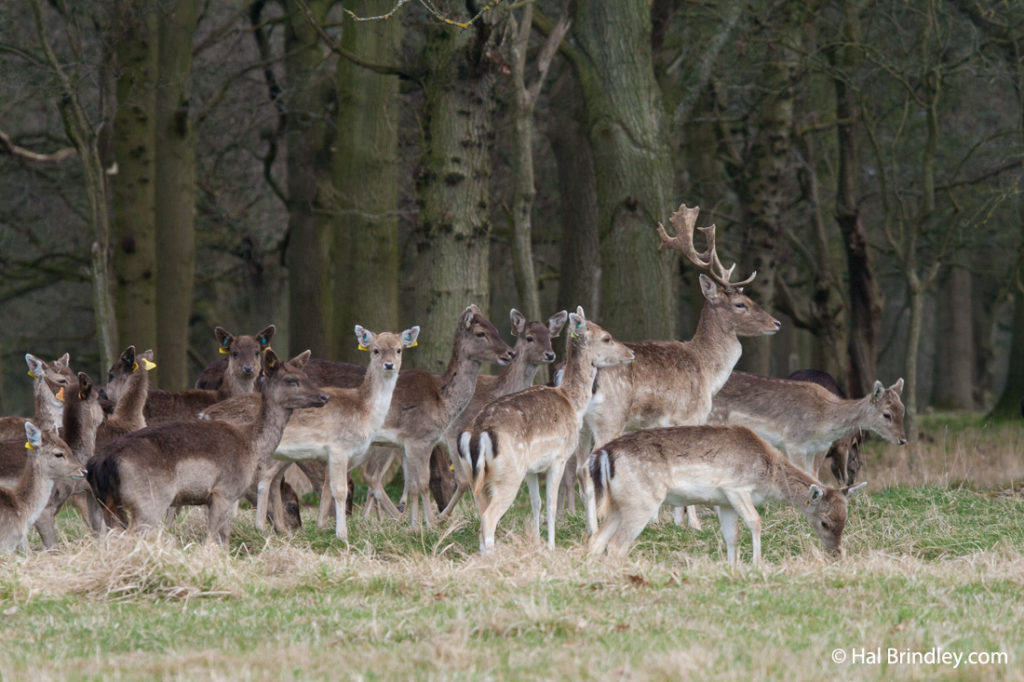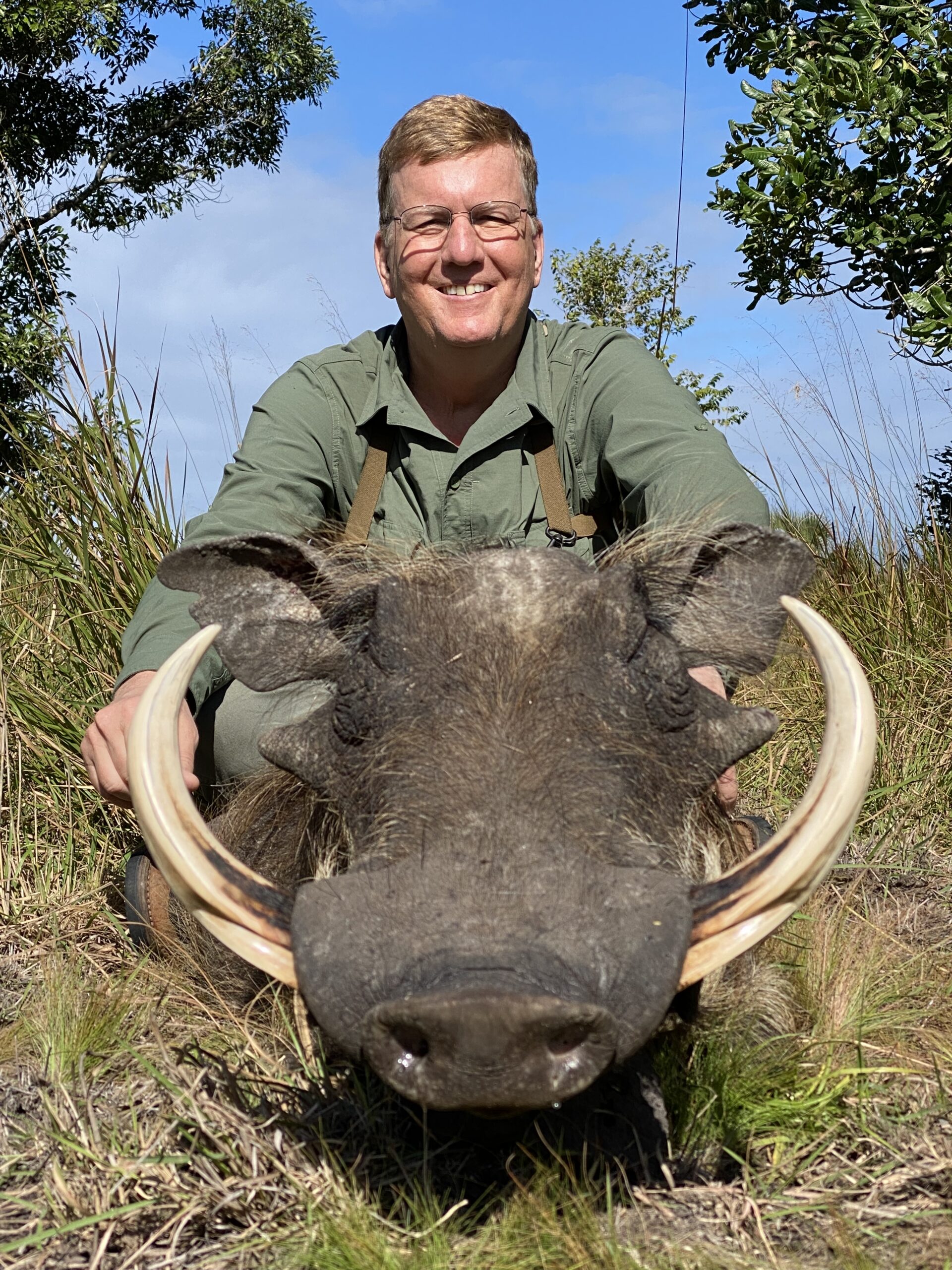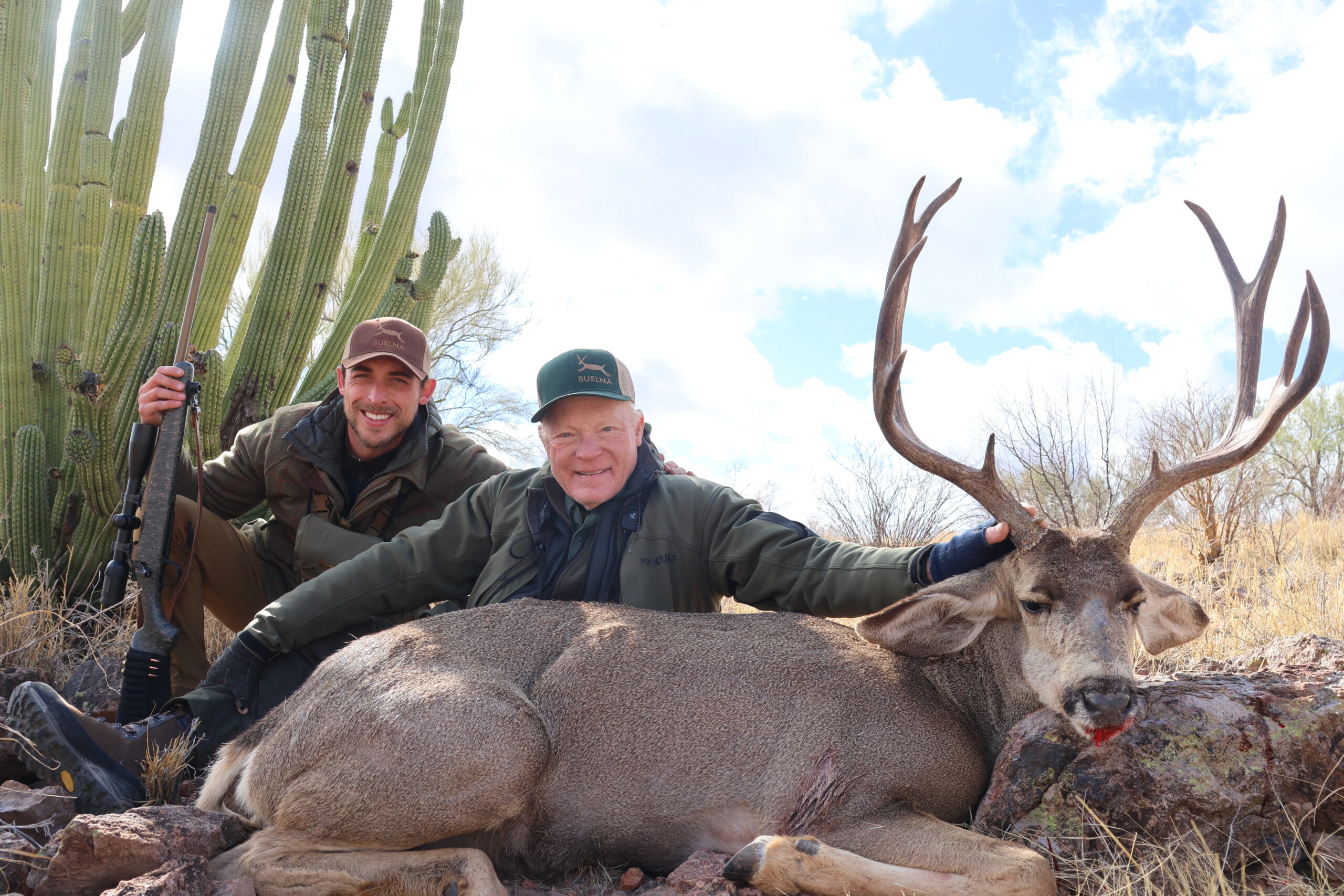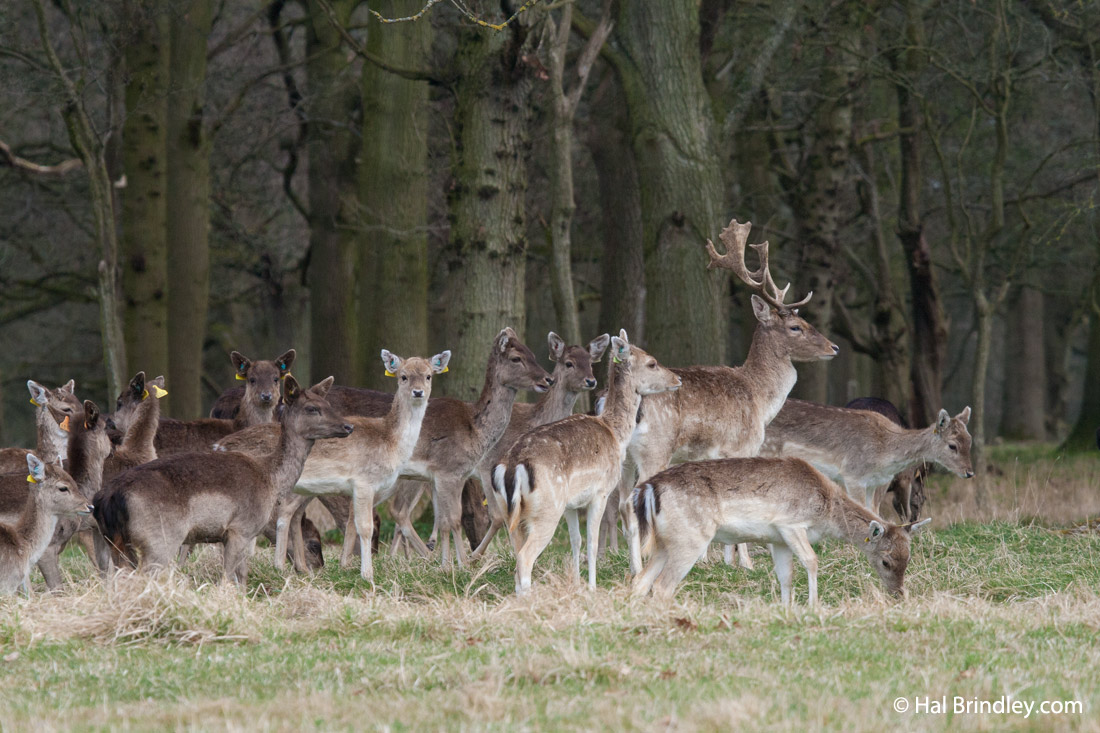 Okay, I admit it. I enjoy a pint of stout. Good old Guinness really is my favorite and, perhaps behind shamrocks and leprechauns, is Ireland’s most recognized product. These days I don’t indulge very often…sometimes life lessons are painful. I’ve learned that dark beer is one of my triggers for gout. I’m careful, but when James Nolan and his team picked us up at the Dublin airport, a couple of stops seemed almost mandatory.
Okay, I admit it. I enjoy a pint of stout. Good old Guinness really is my favorite and, perhaps behind shamrocks and leprechauns, is Ireland’s most recognized product. These days I don’t indulge very often…sometimes life lessons are painful. I’ve learned that dark beer is one of my triggers for gout. I’m careful, but when James Nolan and his team picked us up at the Dublin airport, a couple of stops seemed almost mandatory.
First, we spent an hour at Phoenix Park, a vast expanse of woods and fields that’s overrun by big herds of fallow deer. It was early October with just a slight chill in the air and the rut was on. Magnificent bucks were chasing does and each other, making that odd grunting fallow deer vocalization. I figured we’d see deer in Nolan’s hunting area, but it was a fun to watch them undisturbed just a few minutes from the airport!
Next stop was the Brazen Head in downtown Dublin, the oldest and most famous pub in Ireland, dating back to 1198 (which pre-dates Guinness Stout by several centuries!). Fortunately, it was almost midday so my education could commence. You see, having had some amateur experience, I thought it was fairly simple, just try to keep the foam off your upper lip and enjoy. I tried this and thought I was going to get my hand slapped. Turns out you need patience (never my strong suit!) to quaff Guinness properly. It seems that three minutes—that’s 180 agonizing seconds—are required to properly draw a pint of Guinness, slowly in stages, from the keg. Then, placed in your expectant hand, you need to let the foam rise a bit longer. Gingerly, with one (preferably clean) finger, you touch the top of the foam and quickly take it away, vertically. If the pint is proper and correct a significant upward dimple will erupt where your fingertip was, rising nearly a half-inch above the level of creamy foam. Now, finally, and before thirst and dehydration lay claim, you may sip your Guinness.
And so began one of our most enjoyable hunting experiences. Hunting a combination of family property and leases, James Nolan’s Glacial Valley Hunting operates in the Wicklow Mountains about an hour south of Dublin. The country is big, rugged, wild and sparsely populated, all free range. The game is primarily red deer, mostly near the tops, with sika deer from top to bottom. Fallow deer are elsewhere, but available with a bit of driving. There are feral sheep with amazing horns. Since wool, lamb and mutton are a primary area product, their presence is understandable. There are also a few multi-horned (four-horned) sheep wandering around. Last year at our convention, I measured a multi-horned ram taken by our friend Megan Fonte with James Nolan. Easily a new world record, it graced the front page of Safari Times a few issues back.
This year Megan was also in camp with Donna and me, and it appears she did it again. Using my very old (and very low) Master Measurer number (008!), I put a tape on an amazing free-range feral ram she took a day before we arrived. There’s nothing quite like it in our records as far as I can tell. There are also quite a number of feral goats carrying unusual ibex-like horns. No one seems to know exactly where those came from, but there’s no telling what the Vikings might have brought in during their frequent raids in Ireland a thousand years ago.
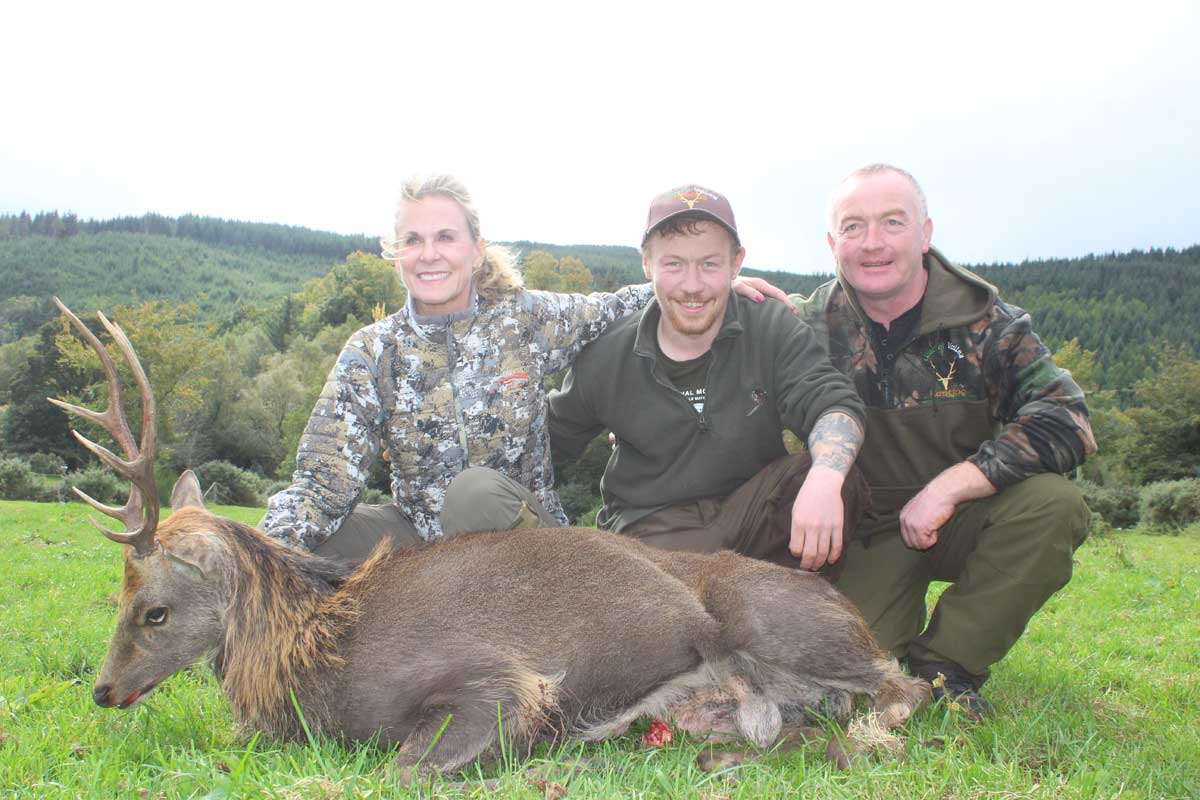
Our primary interest was sika deer, originally introduced into England and thence into Ireland in the mid-19th Century. Our timing, early October, should have been perfect, but it was not perfect. As in so many places the world over, autumn was running slow and there had barely been a frost. Up on top, red deer were roaring nicely but the secretive little sika deer were just starting to get amorous. Despite that, we saw a lot of sika and I was impressed by their general distribution. Down low we found them on the edge of cultivation where they seemed to have replaced roebuck, which were once plentiful in Ireland but gone within living memory. Sika were also common on the forested hillsides at middle elevations, and we found them up on top bumping against the red deer that, in Ireland, are much like Scottish “hill stags” found up on the higher moors. Up high we also saw the occasional sika deer/red deer cross, an unintentional but unavoidable byproduct when these two species bump together.
Thus, there was plenty of game and plenty of variety but, in addition to a delayed autumn, the weather was not our friend. Frost down low and snow on top might have helped, but instead we got a couple days of serious gusts and wind-driven rain. Even so, it was fun! Accommodation was at the Glenmalure Lodge, a popular local hotspot with comfortable rooms, awesome “pub grub” menu, a warm fire in the great room and, of course, properly drawn Guinness with concave dimpling (given adequate patience).
The people were friendly and fantastic, with the majority of the guiding done by James Nolan and son Jamie. They’re good hunters with good country and an awesome family that flitted in and out at mealtimes. We took our own rifles, which I always prefer, but I worry about the hassle in places I haven’t been. James arranged temporary gun permits with no problems, and we had no issues with firearms on Air Lingus. On the way in, the police in the airport took a perfunctory look at our permits. On the way out, they wanted to know how the hunt went and that was the extent of formalities!
One thing that cannot be controlled is the weather, but all else was fine, with the hunting starting and honest five minutes from the lodge. In spite of the weather we saw a lot of deer, both “reds” and sika. I shot a “cull” sika the first morning figuring I’d do better later in the hunt, but I did not. The ladies had a bit better luck. Donna shot a very nice sika on the next-to-last evening and, just at dark on the last evening, Megan took an ancient red/sika hybrid — a really cool old deer. Our five-day seemed to end much too soon. We’ve done some good hunts in both England and Scotland and have enjoyed both. There are similarities, but also differences. Ireland is a relatively new destination that you don’t hear much about, but I think you’ll hear more. The countryside is gorgeous, the people are great and the Guinness is just right. Especially after you take lessons.–Craig Boddington

